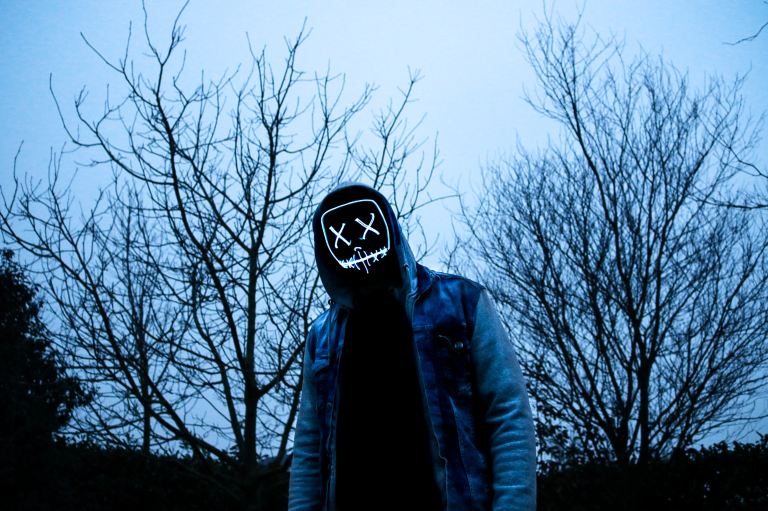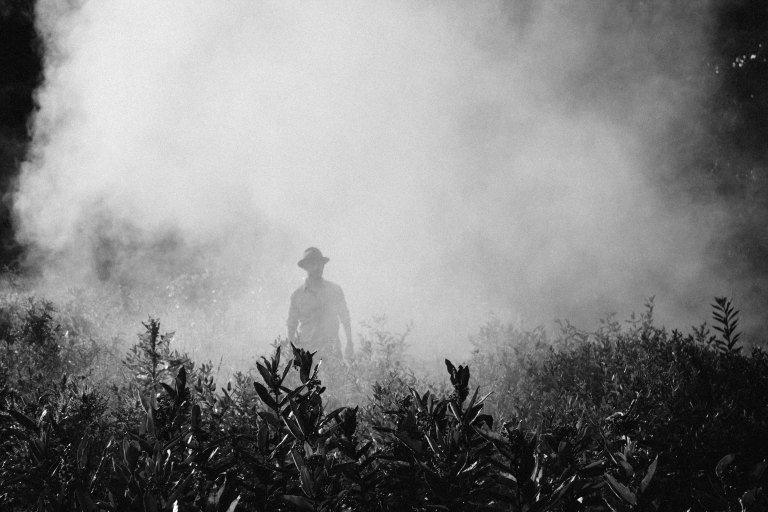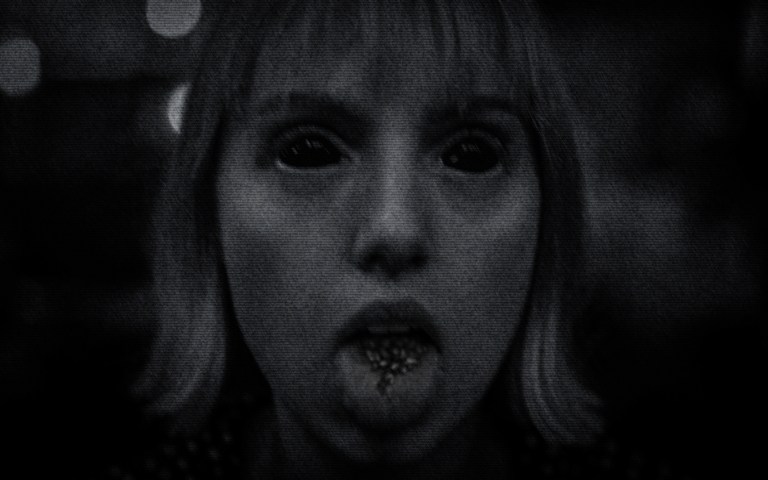
12 Facts About The Beast Of Gévaudan, The Wolflike Creature Who Terrorized France
The Beast Of Gévaudan targeted heads and necks. It was common for the creature to rip out a victim's throat.
The Beast Of Gévaudan is dead — but its story lives on.
The Beast Of Gévaudan, Explained
[*] The Beast Of Gévaudan was a man-eating creature that looked like a wolf. However, it was as big as a calf. It had a doglike head, small ears, a wide chest, formidable teeth, and an immense tail. Its fur was brown but its back was streaked with black.
[*] Some witnesses claimed The Beast Of Gévaudan had supernatural abilities. They believed it could walk on its hind feet like a human. They believed it could make astounding leaps. They also believed it could repel bullets and come back from the dead after being struck and wounded.
[*] The Beast Of Gévaudan got its name from terrorizing the former province of Gévaudan between 1764 and 1767. This is located in south-central France in the Margeride Mountains.
[*] There were over 100 deaths caused by The Beast Of Gévaudan. Many others survived the attacks but were seriously injured.
[*] The Beast Of Gévaudan targeted heads and necks. It was common for the creature to rip out a victim’s throat.
[*] From 1764 to 1767, over 100 wolves were killed in Gévaudan because they were mistaken as The Beast Of Gévaudan. At one point, 30,000 volunteers were involved with hunting the creature. Some soldiers even dressed up as peasant women in order to attract it.
[*] Around this time, political news was censored by the king. In order to sell newspapers, more entertainment-based stories were written about things like The Beast Of Gévaudan. The constant news updates gave the creature much more attention across the world than it would have otherwise received.
[*] The survivors of The Beast Of Gévaudan became well-known. A woman named Marie-Jeanne Vallet was attacked and defended herself by wounding the beast. A statue was made in her honor. Jacques Portefaix was another victim, a young boy who scared the creature away with pikes. The king paid him a reward and educated him at his own personal expense.
[*] The Beast Of Gévaudan became so popular — and so feared — that the reward for killing it equated to a year’s salary for workingmen.
[*] First captain Duhamel of the Clermont-Ferrand dragoons and his troops were sent to hunt the creature. When they failed, Louis XV sent professional wolf-hunters, Jean Charles Marc Antoine Vaumesle d’Enneval and his son Jean-François, to hunt the creature. Antoine ended up killing a large wolf some believed to be The Beast Of Gévaudan. However, more attacks followed, debunking the belief.
[*] A man named Jean Chastel eventually killed The Beast Of Gévaudan in 1767. He was a local hunter who shot a creature with a bullet he forged out of silver (which has led to the modern depiction of werewolves we see in media to this day). When the creature’s stomach was ripped open by a surgeon, it exposed the contents of its last victim.
[*] Because of the frequency of the attacks, skeptics believed The Beast Of Gévaudan was actually a pack of wolves. Other skeptics believed it was actually a lion. However, eye-witnesses believed the creature could not have been invented because all of their details about The Beast Of Gévaudan formed a coherent picture. ![]()











